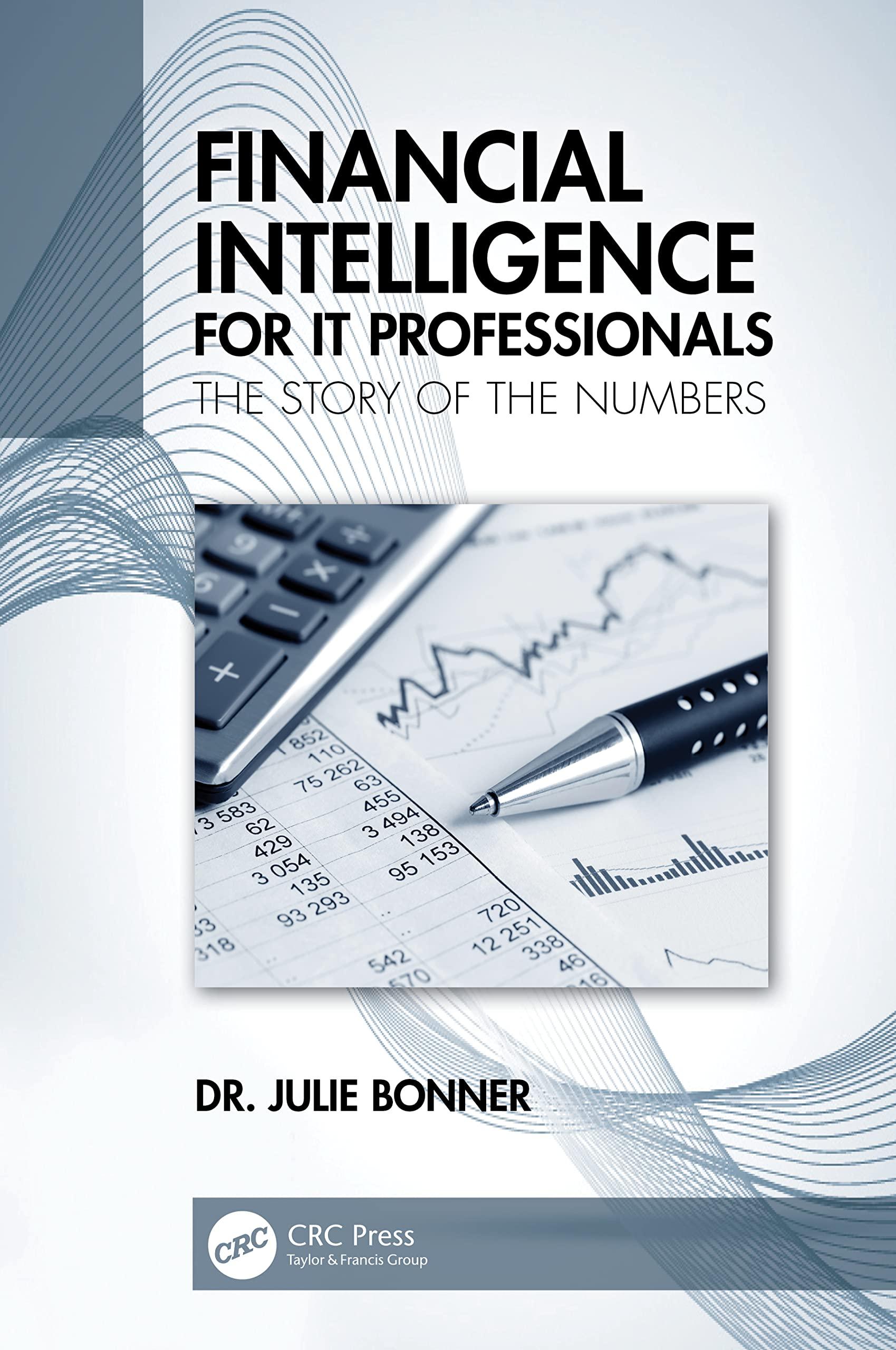Suppose the real risk-free rate is 3.25 % , the average future inflation rate is 4.35 %, and a maturity risk premium of 0.07 % per year to maturity applies to both corporate and T-bonds, i.e., MRP-0.07 % ( ) , where t is the number of years to maturity. Suppose also that a liquidity premium of 0.50 % and a default risk premium of 2.50 % apply to A-rated corporate bonds but not to T-bonds. How much higher would the rate of return be on a 10-year A-rated corporate bond than on a 5-year Treasury bond? Here we assume that the pure expectations theory is NOT valid. Disregard cross-product terms, i.e., if averaging is required, use the arithmetic average. O A. 1.90 B.3.05 O C.2.50 D. 2.60 2.15 E. QUESTION 21 Suppose the interest rate on a 1-year T-bond is 5.00 % and that on a 2-year T-bond is 4.10%. Assume that the pare expectations theory is NOT valid, and the MRP is zero for a 1-year T-bond but 0.40% for a 2-year bond. What is the yield on a 1-year T-bond expected to be one year from now? Round the intermediate calculations to 4 decimal places and final answer to 2 decimal places. OA.2.80 O B.2.37 O C.2.88 O D.2.42 O E. 2.03 QUESTION 22 Amram Inc. can issue a 20-year bond with a 6% annual coupon at par. This bond is not convertible, not callable, and has no sinking fund. Alternatively, Amram could issue a 20 year bond that is convertible into common equity, may be called, and has a sinking fund. Which of the following most accurately describes the coupon rate that Amram would have to pay on the second bond, the gomsrtible.sallable bond with the sinking fund, to have it sell initially at par? OA. The coupon rate should be exactly equal to 6% The coupon rate could be less than, equal to, or greater than 6% , depending on the specific terms set, but in the real werld the convertible feature would probably cause the coupon B. rate to be less than 6 % OC The rate should be slighely greater than 6% O D. The rate should be over 7%







